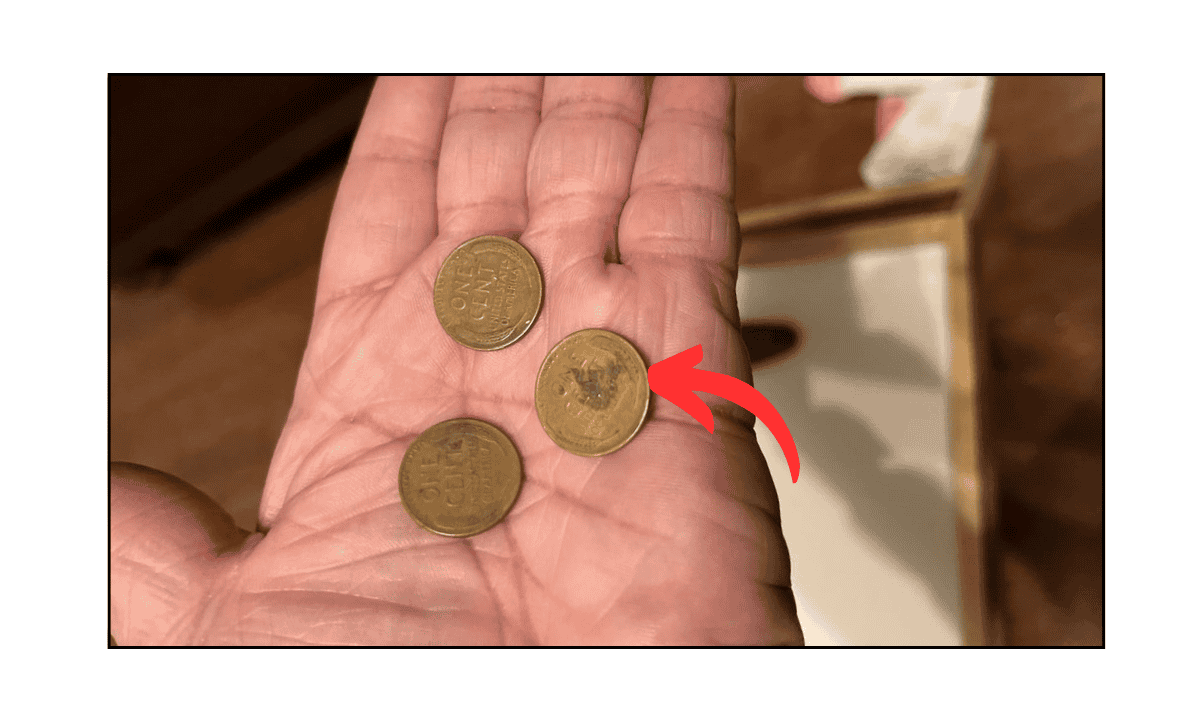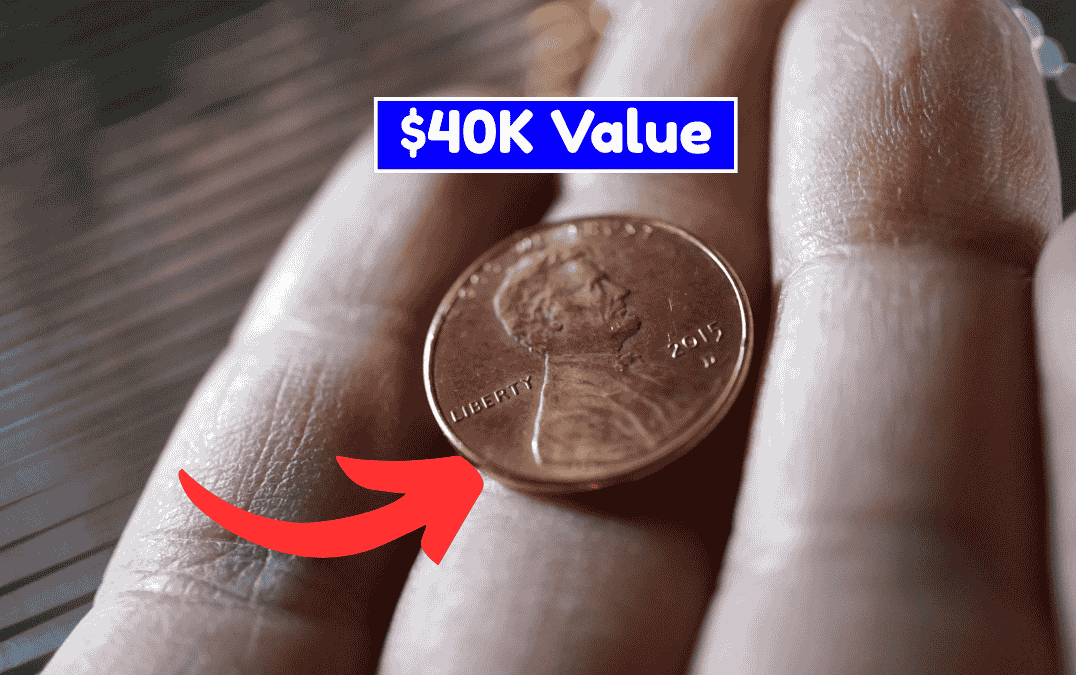Imagine holding a coin in your hand that looks just like any other penny, but it’s actually worth millions of dollars. Sounds crazy, right? But this is exactly the case with one rare Lincoln Wheat Penny, which some collectors believe could be valued as high as $100 million today. And the most surprising part? It might still be out there in everyday circulation!
What Is the Lincoln Wheat Penny?
The Lincoln Wheat Penny is a U.S. one-cent coin that was first introduced in 1909. It features a picture of President Abraham Lincoln on the front and two stalks of wheat on the back. These coins were made until 1958, after which the design changed to show the Lincoln Memorial.
These wheat pennies are now collector’s items. Some are common and only worth a few cents more than their face value. But a few rare versions are extremely valuable and sought after by coin collectors worldwide.
Why Is One Wheat Penny Worth $100 Million?
Not all Lincoln Wheat Pennies are worth a fortune. The one that’s creating all the buzz is believed to be a 1943 Bronze Wheat Penny. During World War II, the U.S. Mint switched from using copper to zinc-coated steel for pennies to save copper for the war effort.
But by mistake, a few bronze blanks (made from copper and tin) were used to make some pennies in 1943. These rare 1943 bronze pennies are very valuable because only a few were ever made.
Most of these have already been found and sold at auctions for hundreds of thousands or even over a million dollars. But there are rumors in the coin-collecting world that one perfect, untouched 1943 bronze penny still exists — and it could be worth up to $100 million if found in mint condition.
How Could It Still Be in Circulation?
Many of these rare coins ended up in people’s pockets and were spent like normal money. Over the years, some were discovered, but others might still be lying forgotten in old jars, drawers, or even change given at shops.
Since the rare 1943 bronze penny looks very similar to the regular steel penny made that year, it’s easy for someone to overlook it. That’s why collectors believe there’s still a chance someone might find one in circulation.
How to Spot a Rare Lincoln Wheat Penny
If you want to try your luck, here’s what to look for:
- Check the date: Look for a 1943 penny.
- Use a magnet: A regular 1943 steel penny will stick to a magnet. The rare bronze one won’t.
- Check the color: The steel penny is more silver or grey in colour, while the bronze version has a reddish-brown tone.
- Look at the back: It should have the two wheat stalks with the words “One Cent” and “United States of America.”
If you think you have a special coin, get it checked by a professional coin dealer or grading service.
It might seem unlikely, but that rare and valuable Lincoln Wheat Penny could still be hiding in plain sight — maybe even in your pocket right now. With its history, rarity, and shocking value, this little coin has become a legend in the coin-collecting world. Whether you’re a serious collector or just curious, it’s always worth checking your change. After all, one lucky find could change your life.
FAQ
Why is the 1943 Lincoln Wheat Penny so valuable?
The 1943 Lincoln Wheat Penny is valuable because it was mistakenly made from bronze instead of steel during World War II. Only a few were created, making them extremely rare and highly valuable among collectors.
How can I tell if I have the rare 1943 bronze penny?
Check if the penny is from 1943, does not stick to a magnet, and has a reddish-brown color instead of a silvery tone. If you think it matches, get it verified by a coin expert.
Is the $100 million Lincoln Wheat Penny real?
While no 1943 bronze penny has sold for $100 million yet, experts believe a flawless version could reach that value due to its rarity, condition, and historical importance.
Can the rare 1943 bronze penny still be in circulation?
Yes, it’s possible. Some of these pennies may have been used like regular coins and are still hiding in old collections, coin jars, or even everyday change.
Where should I sell a rare penny if I find one?
You can approach professional coin dealers, submit it to grading services like PCGS or NGC, or auction it through trusted numismatic auction houses.







